Some of you may have seen ‘The Great Northern Garden Build’ on the BBC, charting the on-site creation of the newest Royal Horticultural Society public gardens in Salford – if you haven’t it’s worth a watch, with lots of dedicated staff, volunteers and oh… a global pandemic to deal with!
It’s not too far away from where I live in Manchester, and for my wife and I it has become a lovely place to visit to gather our thoughts, and get away from the city. Also, the range of planting and nature areas lends itself well to an amateur photography enthusiast like myself! I had recently tried my first ever professional film – Portra 160 on a walk around Manchester City Centre – but wanted something bolder to try and capture the excitement of the gardens at the end of summer. I’d tried Fujicolor C200 in the gardens before but found the colours too muted, and the grain a bit distracting when focusing on detail.
I’d also recently picked up an Olympus XA from Skears Photographic, Northampton in excellent condition, fully serviced and ready-to-go! After a few recent camera disappointments, this simple camera was perfect for popping in my jacket pocket, and the Portra 160 test roll came out great – so I was ready to try something new!
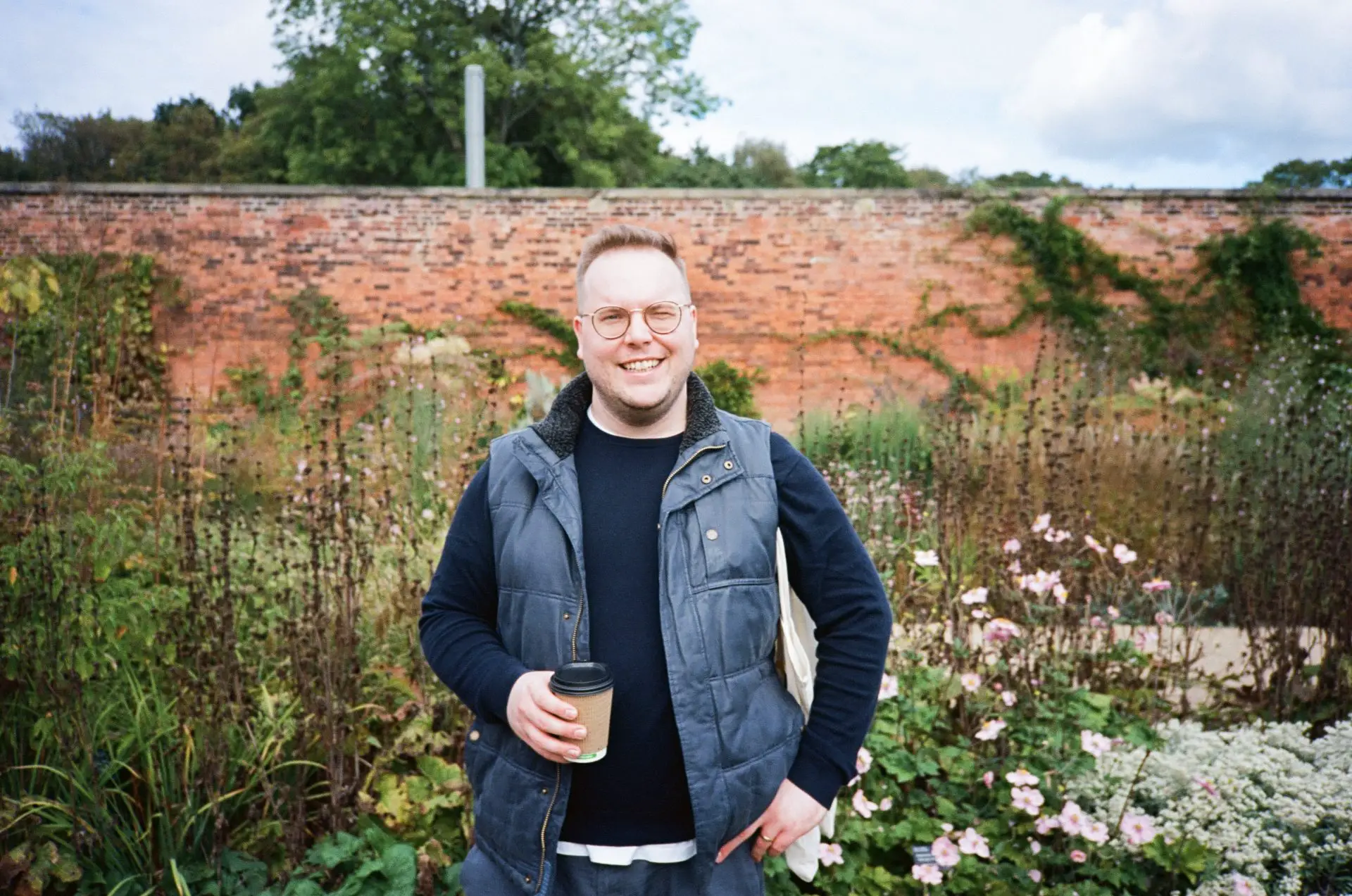
Why did I choose Ektar 100?
Well practically it’s a tad cheaper than the Kodak Portra range, and the marketing says it has the finest grain and exceptionally bold colours. I wanted to try a film stock that would bring out the nuances of the planting at RHS Bridgewater, and enhance the wider landscapes with richer colours. I knew that the gardens would only be open during the day, so the ISO 100 rating was adequate to index at box speed, and the super-sharp lens on the Olympus XA would help bring out the layers and detail of the planting.
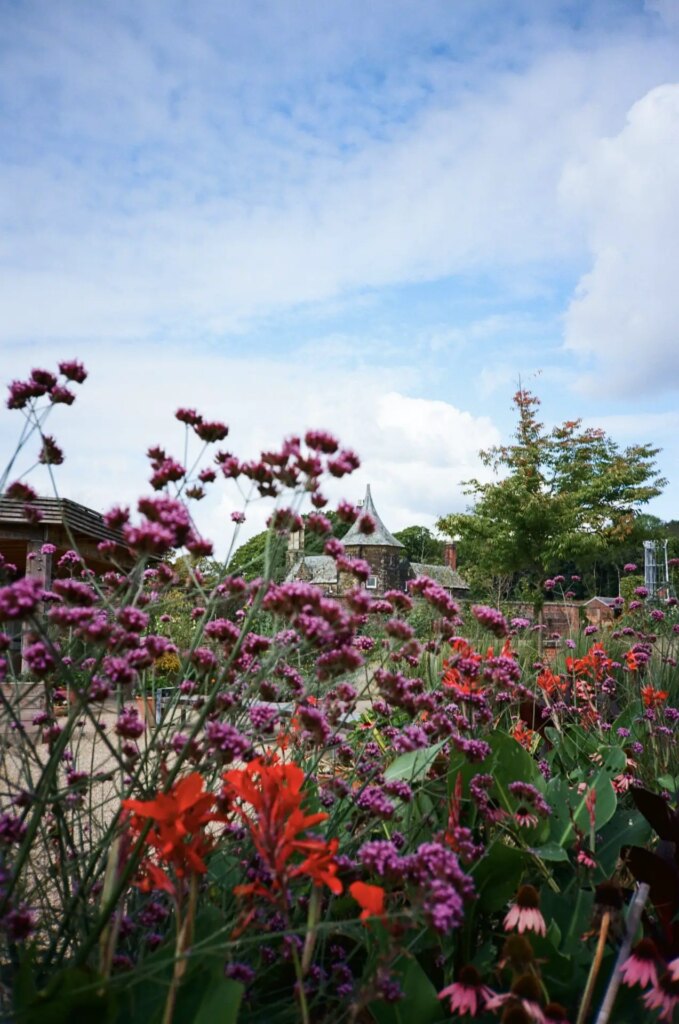
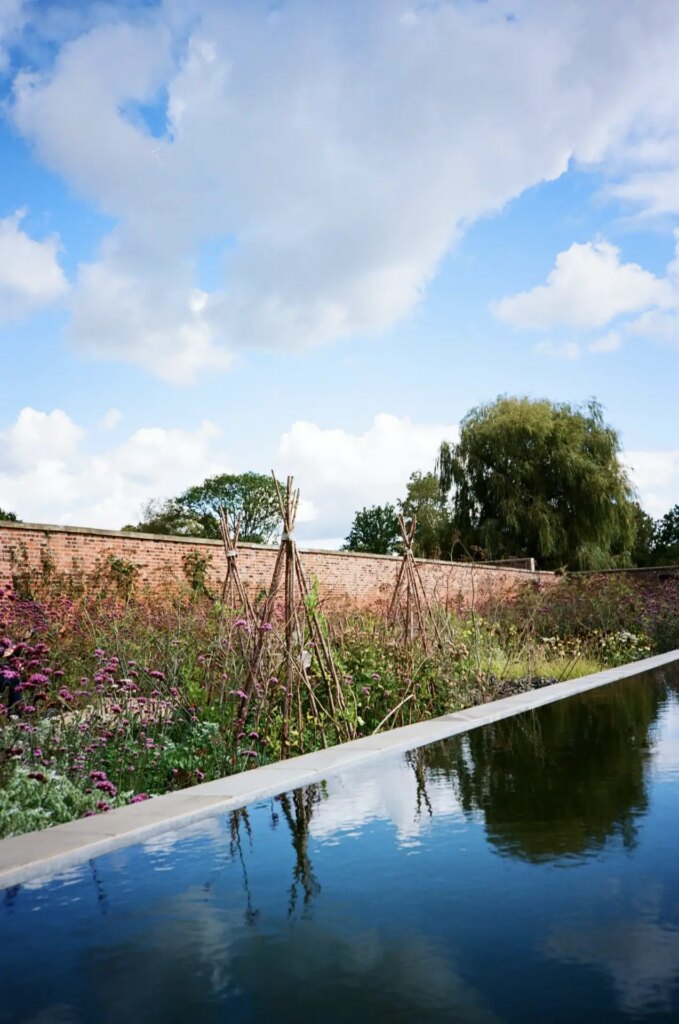
Did the results meet my expectations?
I would say that Kodak Ektar 100 gave me pictures that were very true to life – maybe truer than life? This film enhances the beauty and vibrancy of everyday scenes. Reviewing my scans back from the lab, I was struck by how the pictures felt like a memory of that day, more than just a document of it. The saturation in the film really excels in bringing to life the natural colours of a scene, and in some cases it even rivals the look of a digital capture.
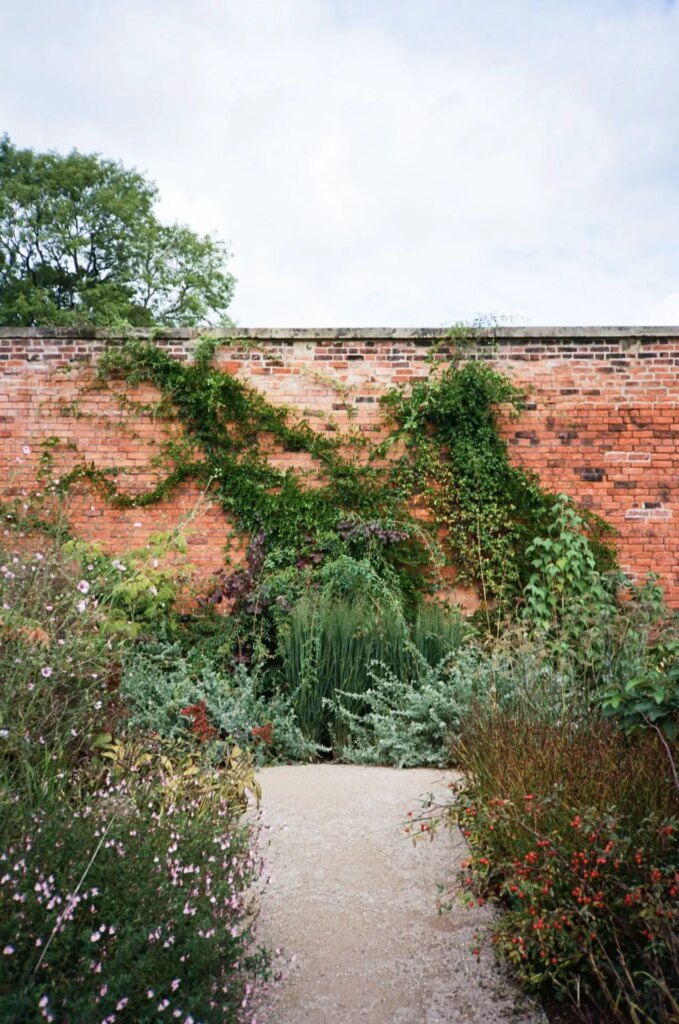
It’s true that the grain is very fine and smooth, and this lends itself well to landscapes and plenty of detail. In other settings it might take on more of a creative look (for instance in the city, or at night) but I would highly recommend this to photographers on a day out where nature is the subject. I was really impressed with the clarity of Ektar 100, and will certainly be trying it again in other situations in the future.
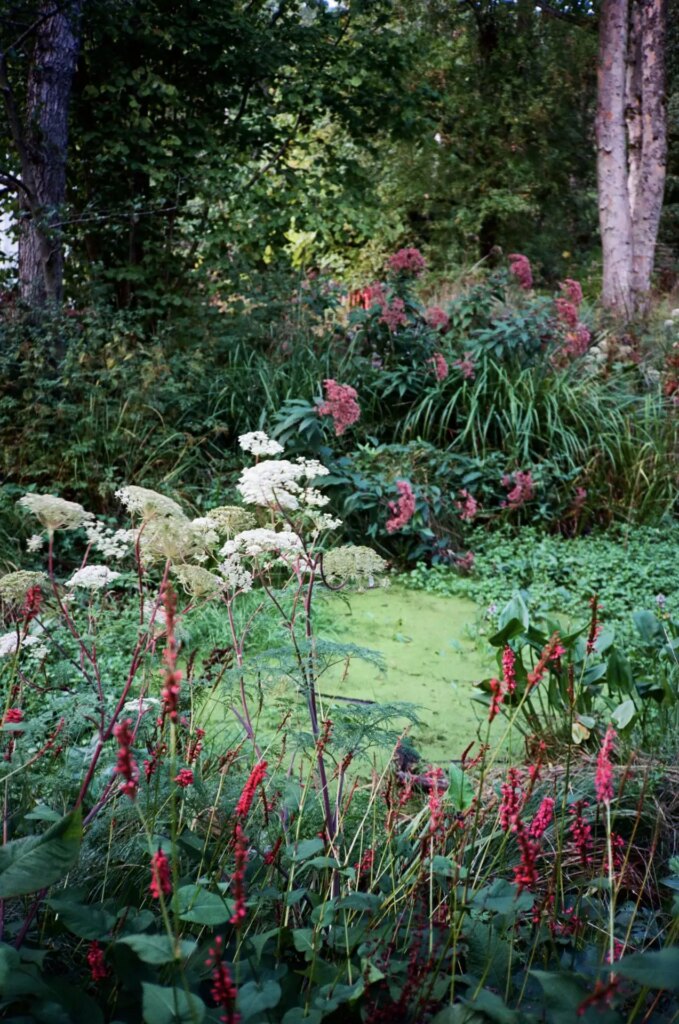
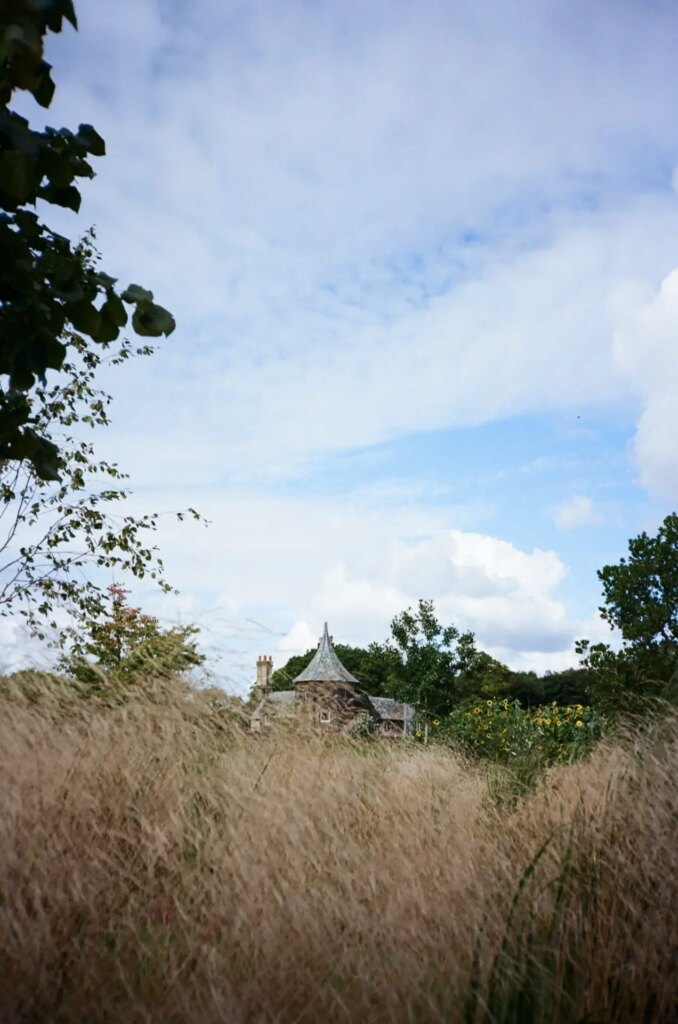
Do you use Ektar 100 for any style in particular? How has it worked out for you?
Let me know in the comments below.
All scans were developed and processed by Come Through Lab in Ancoats, Manchester.
Find them on instagram here: @comethroughlab
No post-processing or cropping was used for these images.
Thanks for reading, and I look forward to sharing more of my photos and experiences with this community soon.
You can find me on Instagram: @tedayre
Share this post:
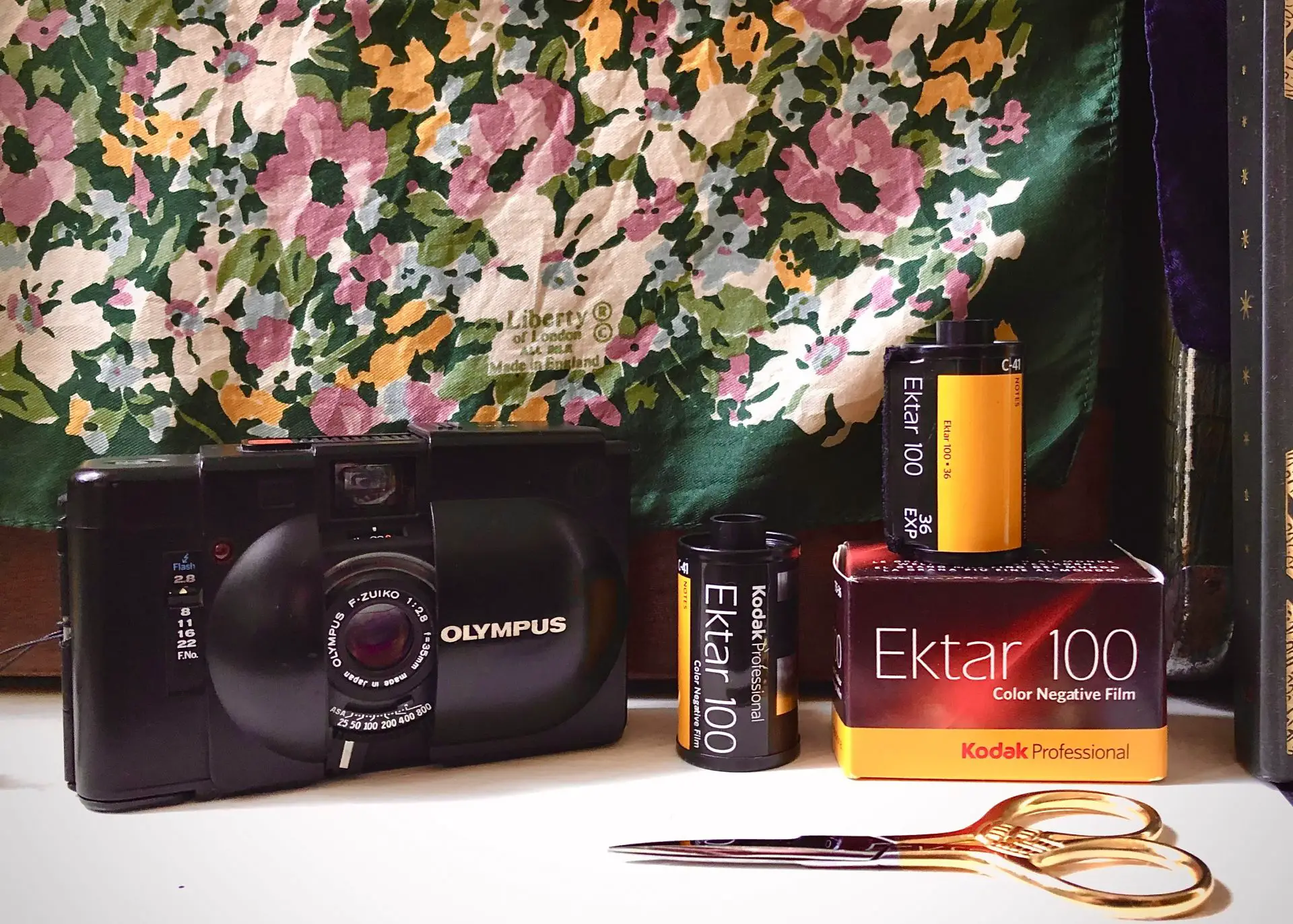
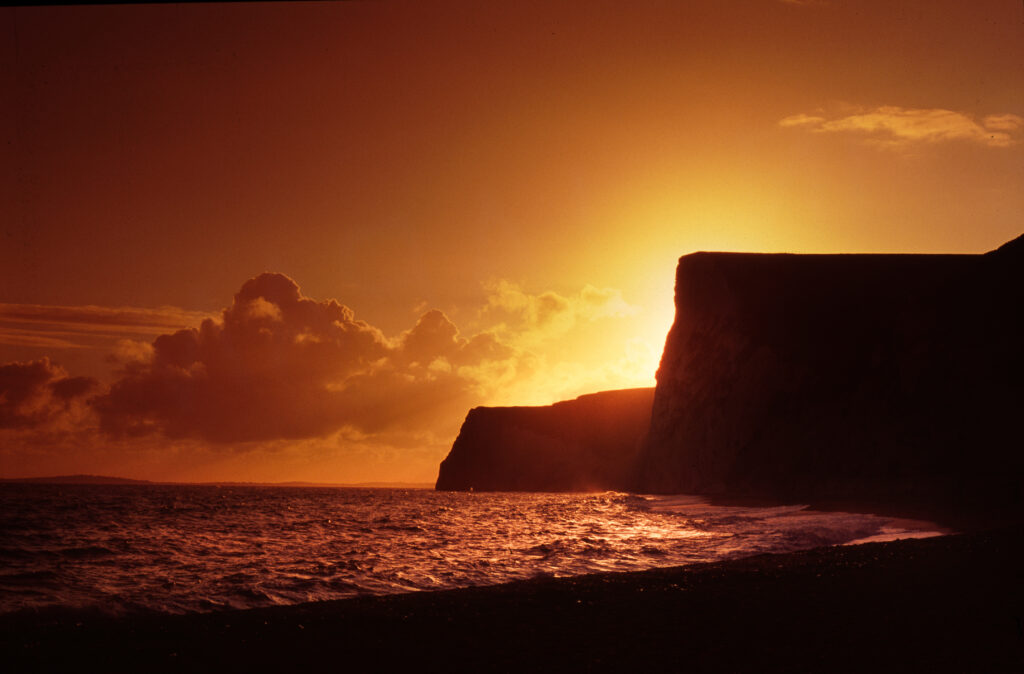
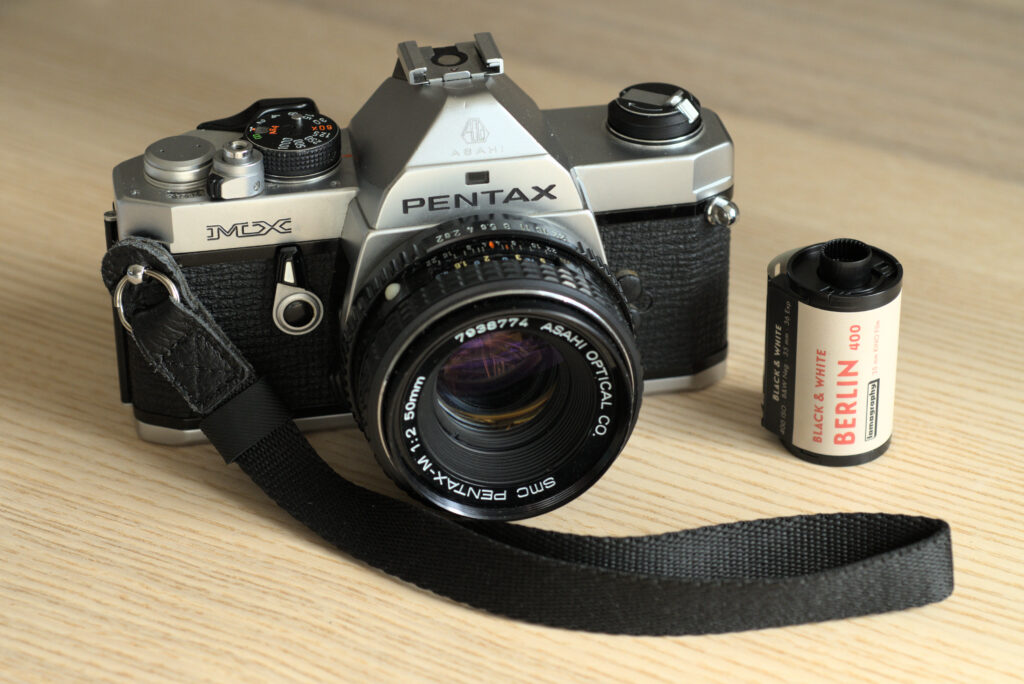
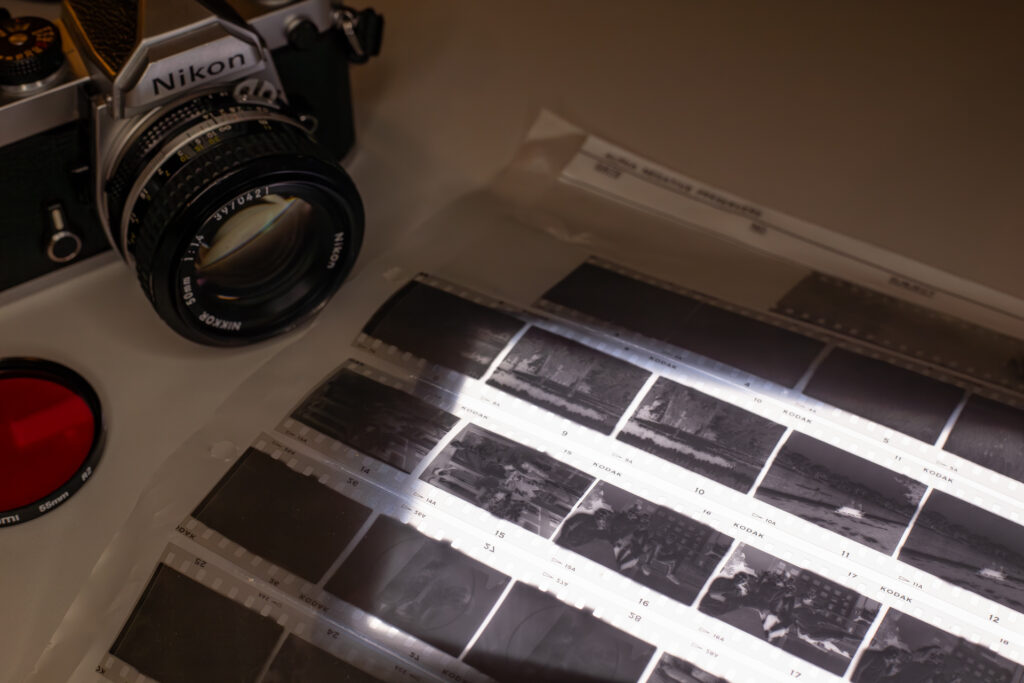
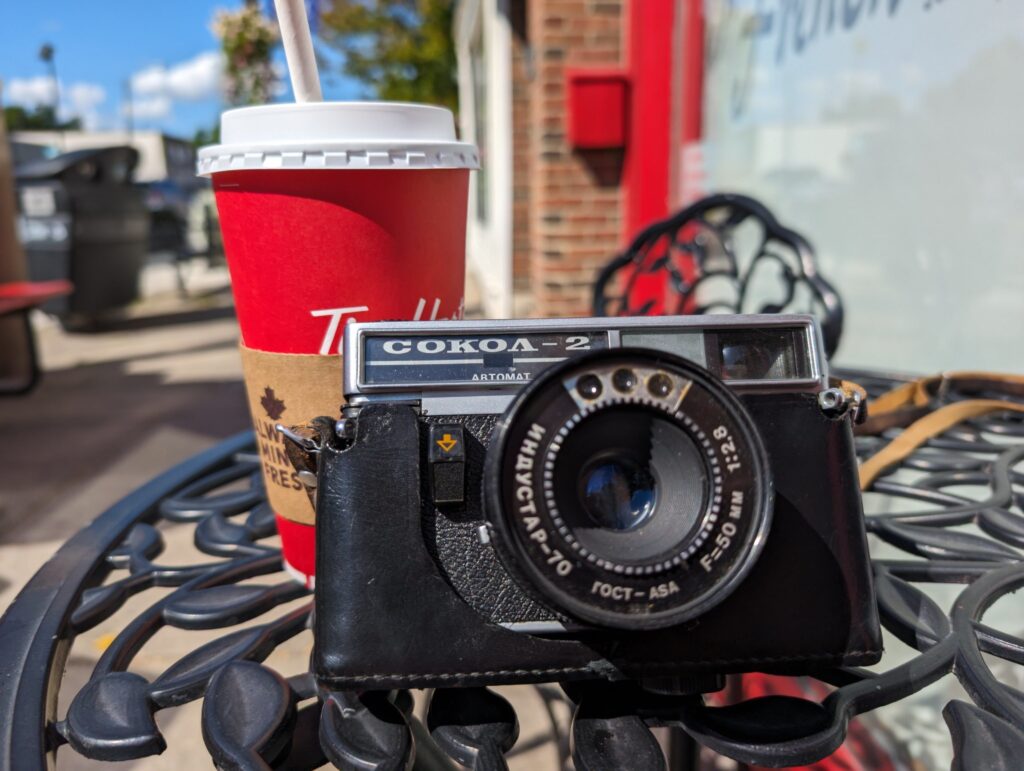




Comments
Wes Hall on 5 Frames with Kodak Ektar 100 at RHS Gardens Bridgewater, Salford – By Ted Ayre
Comment posted: 12/11/2022
If you get chance, take a trip to Jodrell Bank arboretum, another close by nature spot.
Comment posted: 12/11/2022
Dan on 5 Frames with Kodak Ektar 100 at RHS Gardens Bridgewater, Salford – By Ted Ayre
Comment posted: 12/11/2022
Comment posted: 12/11/2022
Dorian Farrimond on 5 Frames with Kodak Ektar 100 at RHS Gardens Bridgewater, Salford – By Ted Ayre
Comment posted: 12/11/2022
And also a reminder to visit RHS Bridgewater, nearly went in the summer but it was booked up
Comment posted: 12/11/2022
Graham Orbell on 5 Frames with Kodak Ektar 100 at RHS Gardens Bridgewater, Salford – By Ted Ayre
Comment posted: 12/11/2022
Comment posted: 12/11/2022
Tom Aspin on 5 Frames with Kodak Ektar 100 at RHS Gardens Bridgewater, Salford – By Ted Ayre
Comment posted: 15/11/2022
My go to combination for outdoors shots was always Ektar shot using a polarising filter,as it gave more contrast and skies a bit more 'pop'
Comment posted: 15/11/2022